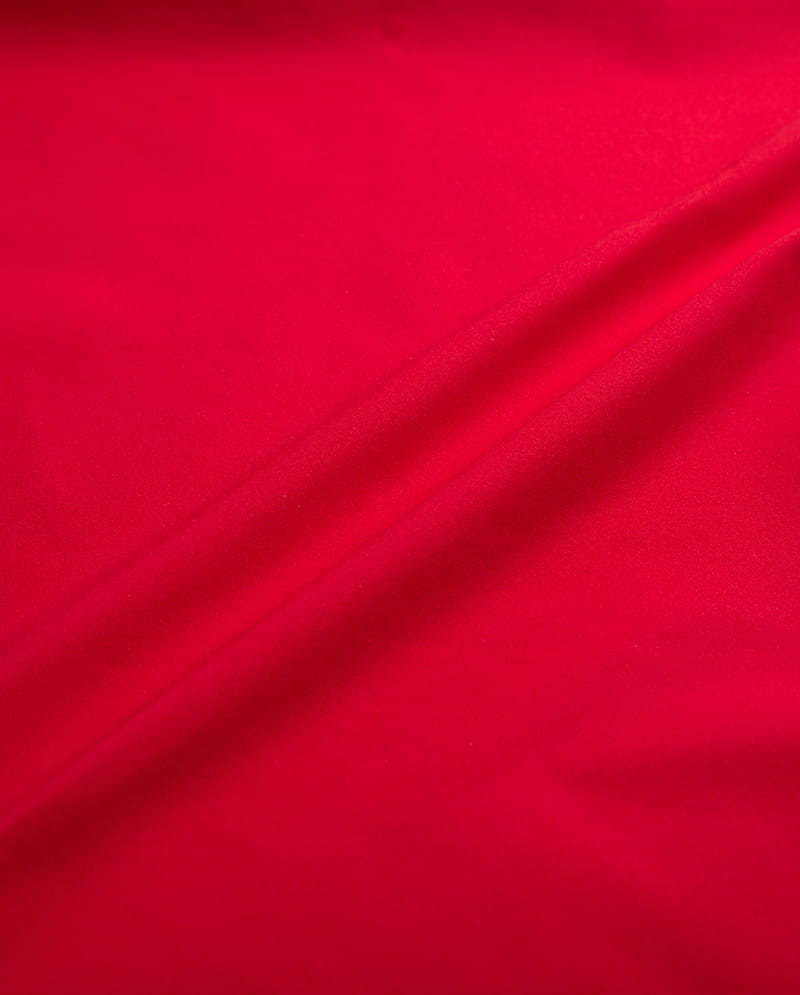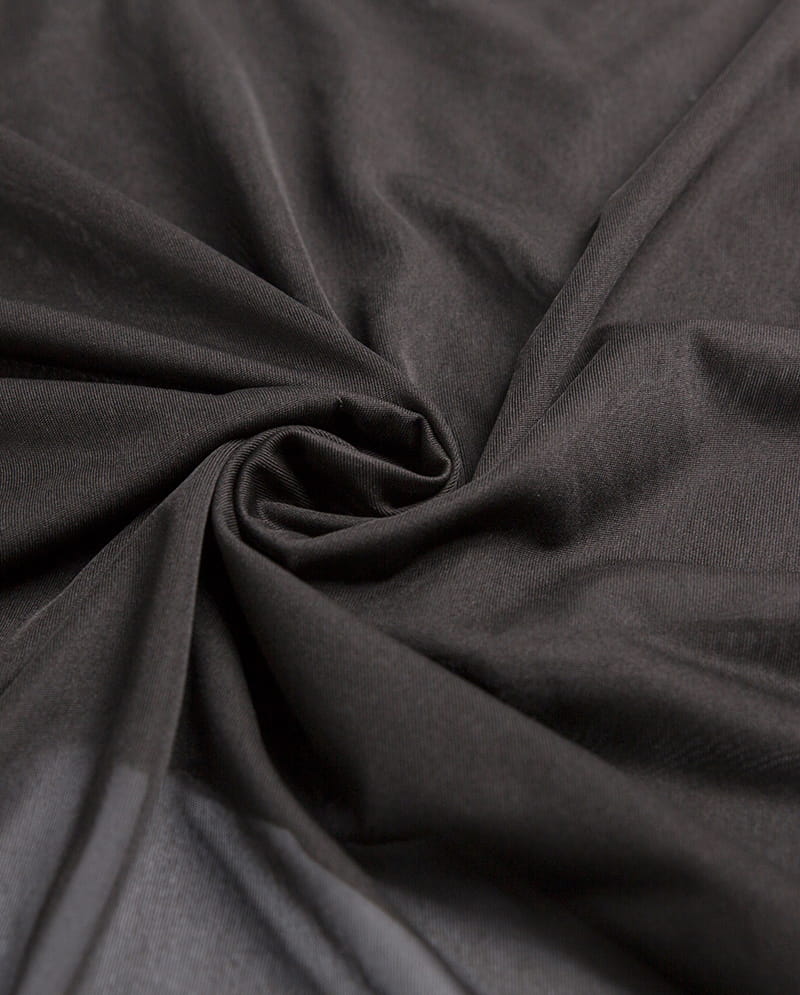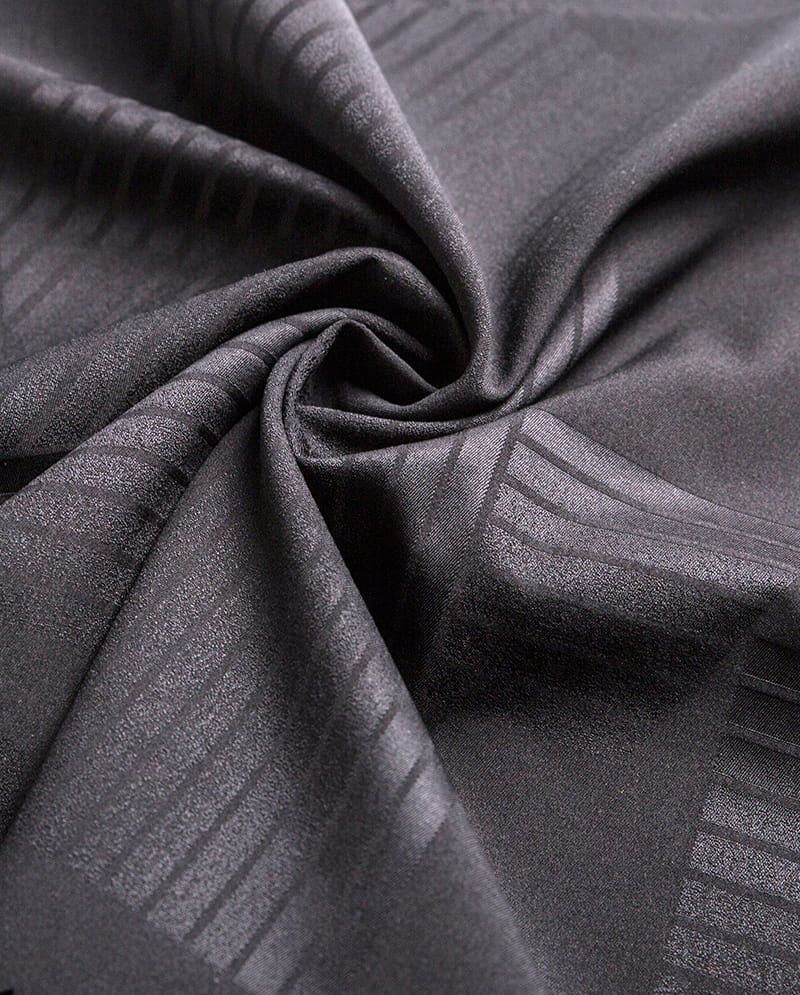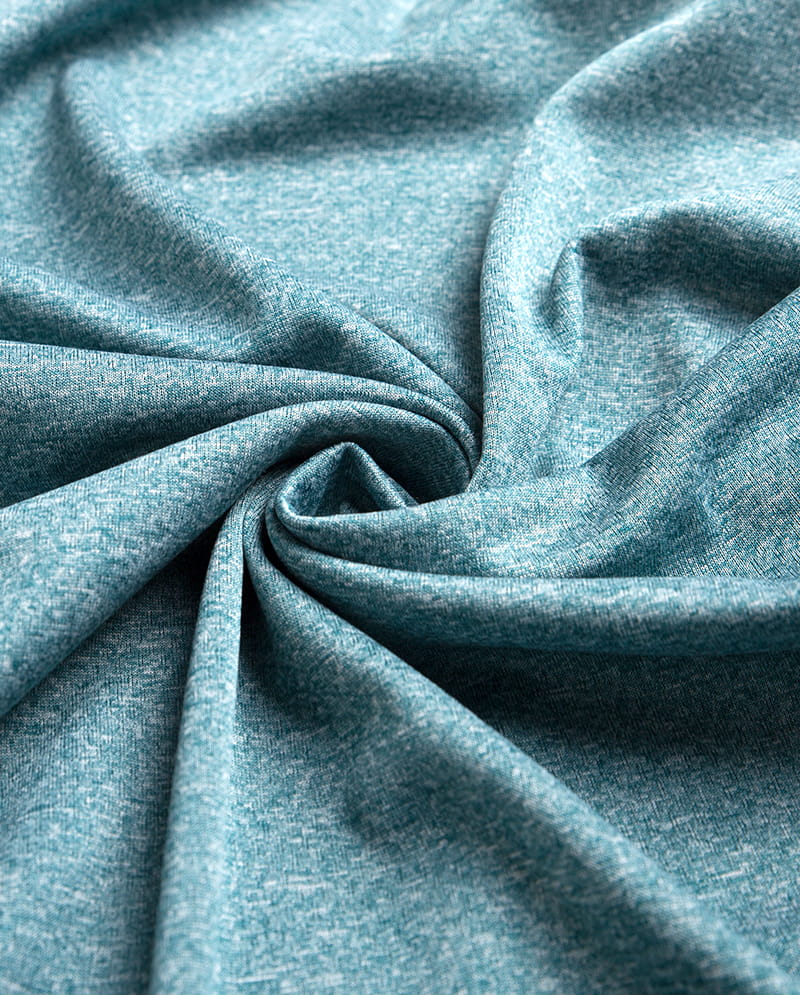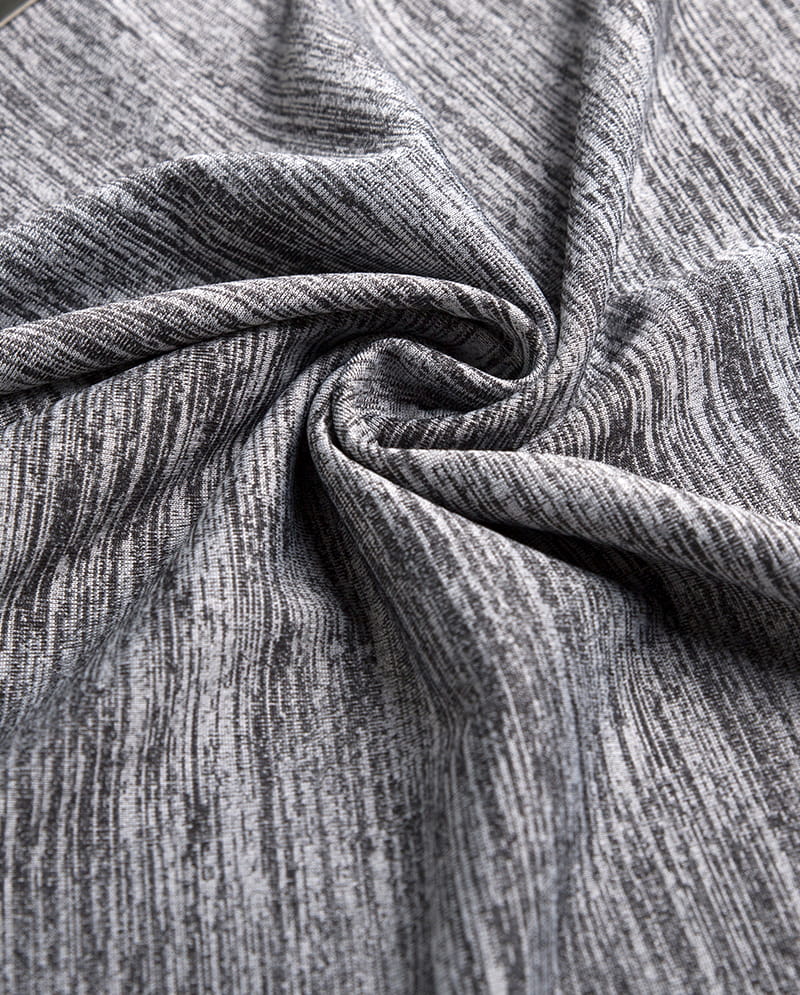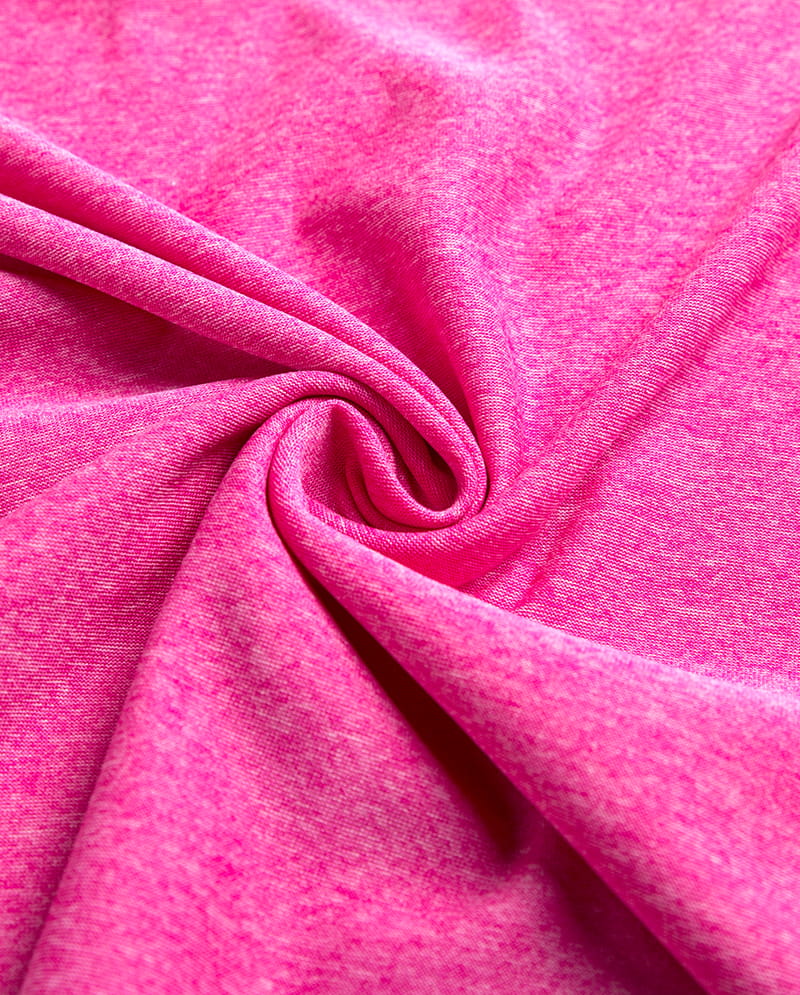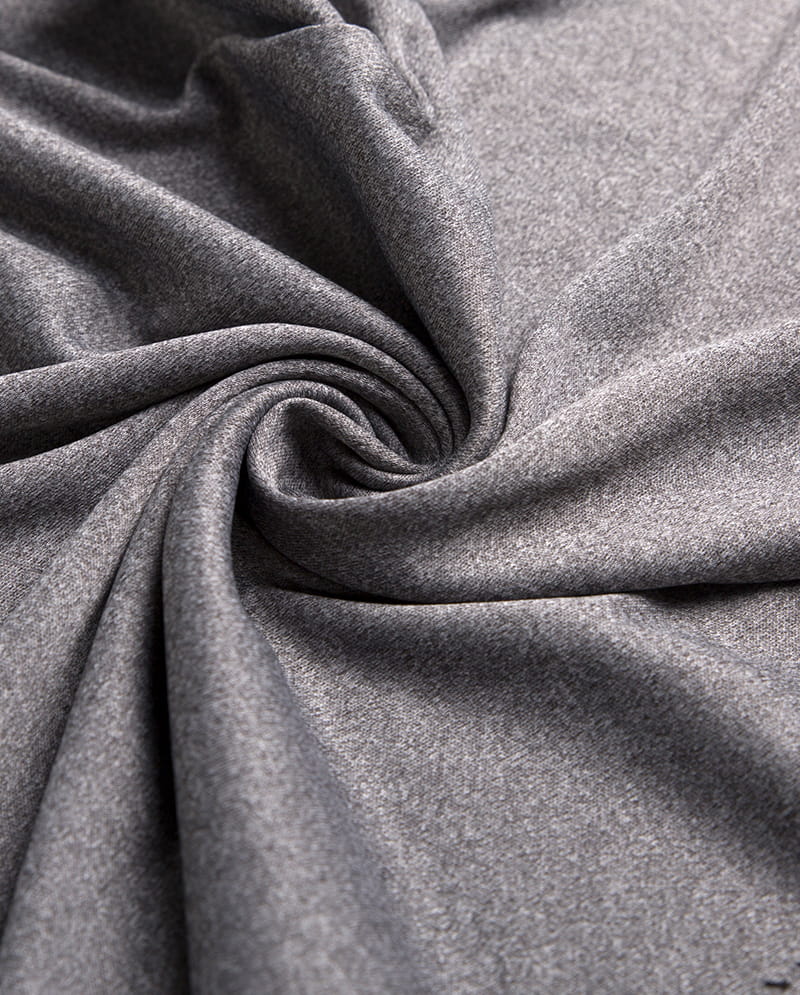How FDY Yarn Enhances Fabric Strength and Softness: A Textile Deep Dive
In the intricate world of textiles, the quest for the perfect fabric is endless. Manufacturers and consumers alike seek materials that embody a paradoxical blend of qualities: unparalleled durability coupled with luxurious softness, high performance without sacrificing comfort. While fabric finishes and weaves play a significant role, the true foundation of these characteristics lies in the very fiber used to create the cloth. Enter Fully Drawn Yarn (FDY), a workhorse filament yarn that has revolutionized the industry by masterfully balancing robustness with a sublime handfeel.
Understanding the Basics: What is FDY Yarn?
Before delving into its benefits, it’s crucial to understand what sets FDY filament yarn apart. FDY stands for Fully Drawn Yarn. It is a type of synthetic yarn, most commonly made from polyester, nylon, or polypropylene, produced through a continuous, integrated spinning process.
The key differentiator of FDY lies in its name: “Fully Drawn.” This means the drawing process—where the nascent yarn is stretched to orient its polymer molecules—is completed in a single, uninterrupted step on the production line. This immediate drawing and heat-setting under precise tension impart the yarn with its final physical properties, including tenacity (strength) and elongation, right from the start.
This contrasts with other yarn types like POY (Partially Oriented Yarn), which requires a separate drawing step later (e.g., in texturing), or UDY (Undrawn Yarn), which is completely undrawn and highly unstable. The continuous spin draw winding process used for FDY creates a yarn that is dimensionally stable, highly uniform, and ready for use in weaving or knitting without further processing.
The Manufacturing Edge: The FDY Production Process
The journey of creating high-tenacity FDY filament is a marvel of modern chemical engineering. It’s this meticulous process that unlocks the yarn’s inherent potential. Here’s a simplified breakdown:
Melting and Extrusion: Polymer chips (e.g., PET for polyester) are melted into a viscous liquid. This liquid is then forced through a spinneret—a metal plate with tiny holes—to form continuous filaments of semi-solid polymer.
Quenching: The hot filaments are immediately cooled and solidified by a flow of cool air.
Drawing and Orientation (The Critical Step): The filaments pass through a series of godet rollers. The second set of rollers spins significantly faster than the first, stretching (drawing) the yarn. This mechanical elongation forces the long-chain polymer molecules to align themselves parallel to the yarn’s axis. This molecular orientation is the primary source of the yarn’s tensile strength.
Heat-Setting: Simultaneously, the yarn is heated during the drawing phase. This “anneals” the polymers, locking them into their new, oriented structure. This step eliminates internal stresses, reduces shrinkage, and ensures thermal stability in the final fabric.
Winding: The now fully drawn and set yarn is wound onto bobbins, ready for the next stage of textile production.
This integrated fully drawn yarn manufacturing process results in a product with exceptional consistency from package to package, a critical factor for large-scale fabric production where uniformity is non-negotiable.
The Pillar of Durability: How FDY Enhances Fabric Strength
The superior strength of FDY-based fabrics isn’t an accident; it’s a direct and inevitable result of its production. This makes it a premier choice for durable textile applications.
1. Molecular Alignment and Tenacity:
The drawing process is the cornerstone of strength. By aligning the polymer chains, the intermolecular forces (van der Waals forces) become much more effective. Think of it like a bundle of uncooked spaghetti versus a bundle of aligned, tightly packed pencils. The aligned bundle is far more difficult to break. This gives FDY its high tensile strength, meaning it can withstand significant pulling forces without breaking. This translates to fabrics that are resistant to tearing and puncturing.
2. Abrasion Resistance:
The smooth, continuous filament structure of FDY, combined with its high tenacity, makes it exceptionally resistant to wear from friction. In applications like upholstery, luggage, outdoor gear, and workwear, the fabric is constantly subjected to rubbing and scraping. FDY’s robust structure ensures the fabric maintains its integrity and appearance over a long lifespan, outperforming many staple fiber yarns.
3. Dimensional Stability:
Because the yarn is fully drawn and heat-set during production, it has very low residual shrinkage. Fabrics woven or knitted from FDY are less likely to shrink, distort, or become misshapen during washing or under tension. This stability is a key component of a fabric’s overall strength and durability, ensuring it retains its intended fit and function.
4. Consistency and Uniformity:
The continuous manufacturing process ensures every meter of FDY yarn has virtually identical properties. This uniformity means the strength is consistent across the entire fabric, with no weak spots or thin areas that could lead to premature failure. This reliability is why FDY is a trusted high-performance synthetic yarn in technical textiles.
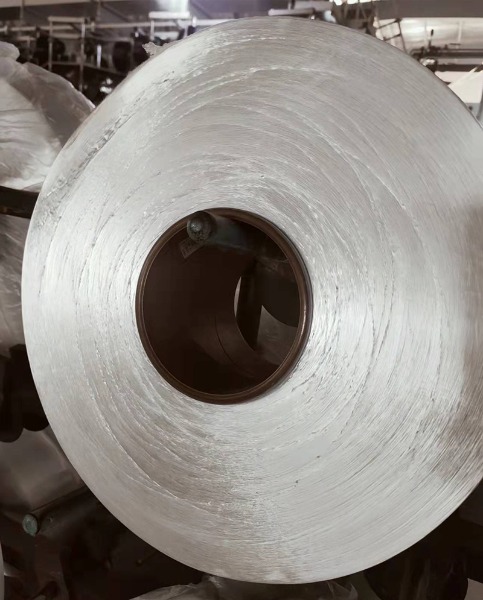
The Unexpected Virtue: The Source of FDY’s Softness
When people think of strong, durable synthetic fabrics, “soft” isn’t always the first descriptor that comes to mind. However, FDY challenges this preconception, making it a key component in softness enhancement in textiles.
1. Filament Fineness and Density:
FDY technology allows for the production of incredibly fine individual filaments (measured in denier per filament, or dpf). Fabrics can be constructed using many of these ultra-fine filaments, creating a dense, smooth surface. Unlike coarse fibers that can feel prickly, this smooth surface has far fewer points to irritate the skin, resulting in a inherently soft handfeel.
2. Minimal Shrinkage and Pilling:
Pilling—the formation of small fuzzy balls on fabric—is a major detractor from softness and aesthetic quality. It occurs when short fibers work their way out of the yarn structure and tangle. Since FDY is a continuous filament yarn with no ends, it is inherently pill-resistant. The fabric remains smooth and soft to the touch even after repeated washing and wear.
3. A Perfect Base for Finishing:
The smooth, consistent surface of FDY fabric provides an ideal canvas for mechanical and chemical finishing processes that enhance softness. Techniques like jet dyeing (which agitates the fabric in a high-pressure machine, softening the fibers) or emerising (a sueding process that raises a nano-pile on the filament surface) are profoundly effective on FDY. The low-shrinkage yarn for weaving ensures these finishes are applied evenly and last longer.
4. Versatility in Blends:
FDY is often used in tandem with other fibers to achieve specific handfeels. For instance, a fabric might use FDY as the strong, stable warp yarn and a textured yarn like Spun Dyed Yarn or a natural fiber like cotton in the weft to add loft and absorbency. This synergy allows designers to engineer fabrics with a precise balance of strength and softness.
FDY in Action: Key Applications Leveraging Strength and Softness
The unique properties of FDY make it indispensable across a vast spectrum of the textile industry.
Apparel: Its use is widespread. In linings, it provides a smooth, strong, and low-friction surface. In sports apparel, it offers durability and moisture-wicking capabilities. In fashion, it is the base for many flowing, durable silky fabrics and chiffons. Functional fabric strength is key here.
Home Textiles: From bed sheets and curtains to upholstery and table linens, FDY provides the durability needed for daily use while maintaining a soft, pleasant hand. Its resistance to fading and abrasion ensures these items look new for longer.
Technical Textiles: This is where FDY’s high-tenacity properties truly shine. It is used in products like conveyor belts, tire cord, hoses, and geotextiles, where reliability and strength under stress are paramount.
Outdoor and Gear: Tents, backpacks, luggage, and umbrellas rely on FDY-based fabrics to withstand harsh elements, abrasion, and heavy loads without tearing.
Beyond Polyester: The Role of Nylon FDY and Other Variants
While polyester FDY is the most common, nylon FDY deserves special mention. Nylon filaments possess even higher abrasion resistance and exceptional resilience. Nylon FDY yarn is often the material of choice for high-end lingerie, hosiery, and activewear where a superb combination of strength, elasticity, and a silky soft hand is required. The principles of drawing and heat-setting apply similarly, yielding a yarn with exceptional durability and a luxurious aesthetic.
Conclusion: The Synergistic Future of FDY
FDY yarn is far more than just another industrial filament; it is a testament to how precision engineering at a molecular level can solve practical, tactile problems. It successfully bridges the gap between the often-opposing demands of rugged durability and everyday comfort.
The benefits of fully drawn yarn are clear: it provides the foundational strength that allows fabrics to endure, while its fine, consistent, and pill-resistant nature creates a perfect substrate for unparalleled softness. As textile technology advances, with a growing focus on sustainability through recycled PET FDY and smarter production methods, the role of this versatile yarn will only expand.
For brands, designers, and manufacturers, understanding the properties of FDY is crucial for innovating and selecting the right materials. For consumers, it’s the invisible hero behind the comfortable, long-lasting, and high-performing textiles that enrich daily life. In the pursuit of the perfect fabric, FDY isn’t just an option; it’s often the essential starting point.

 English
English 中文简体
中文简体